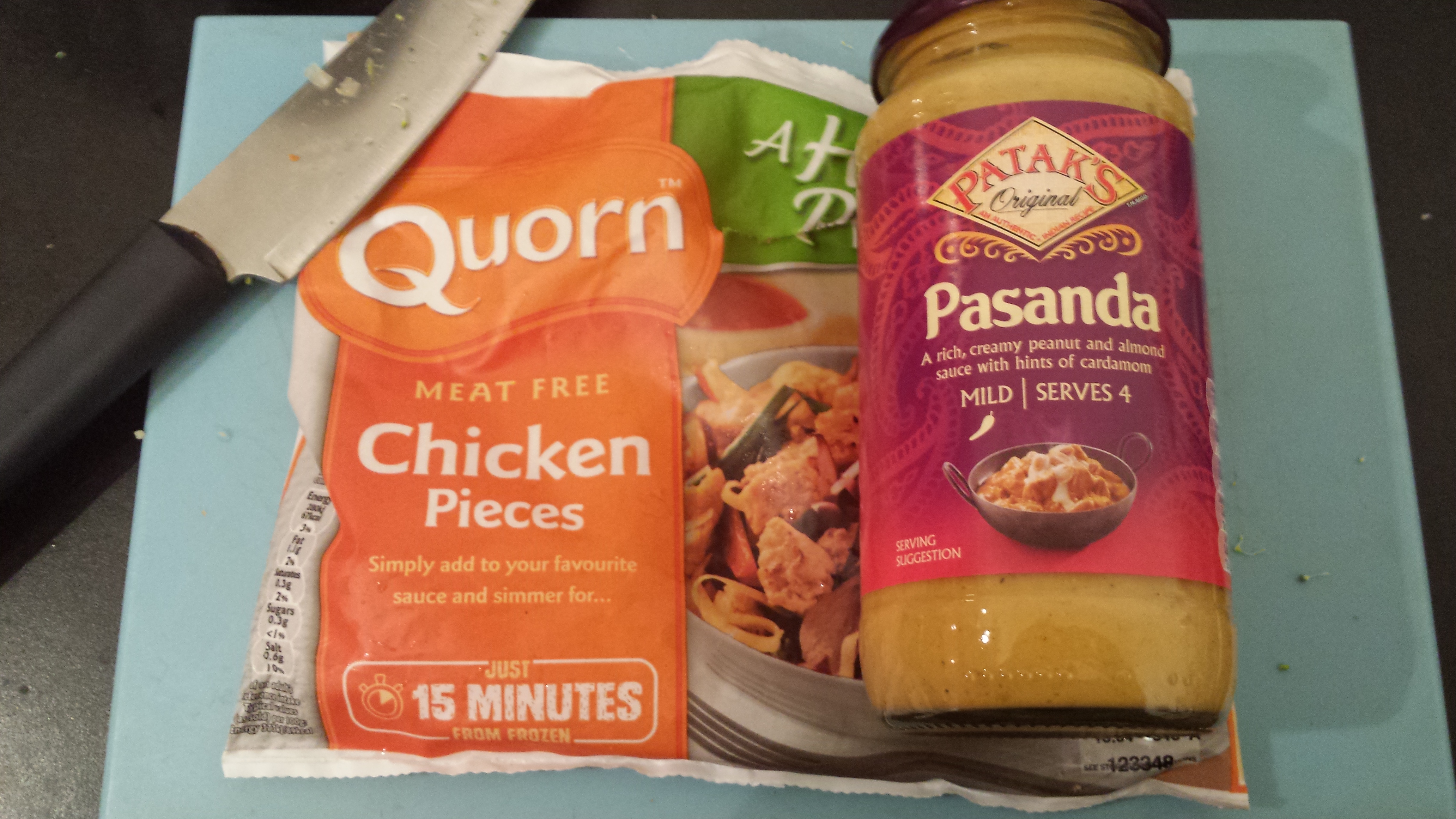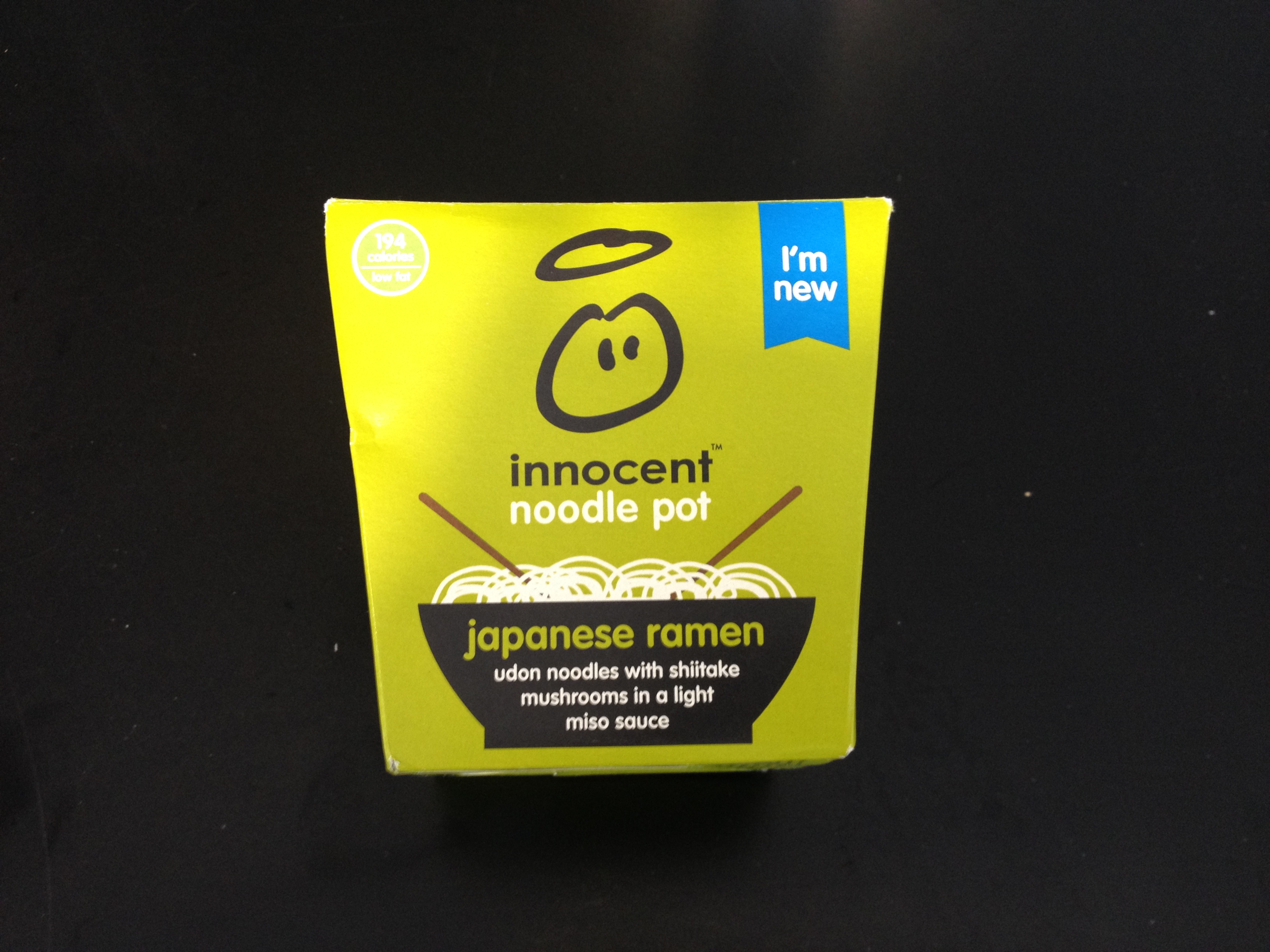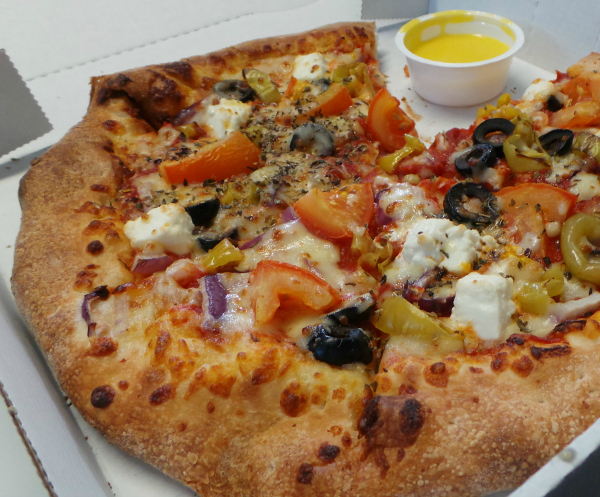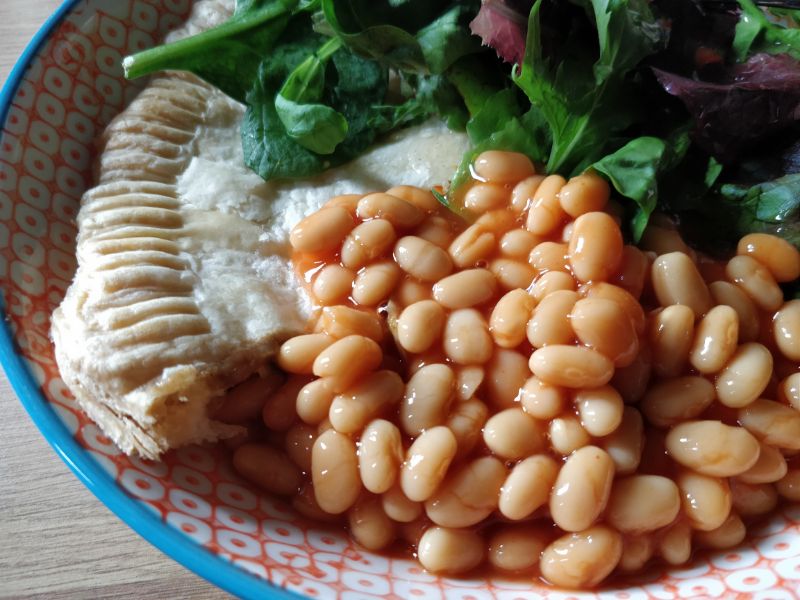A Two-Minute Guide to Wine Pairing

It’s a question that can cause every event organiser sleepless nights – what drinks should I serve with the meal?
In many ways, food is the easy part. You pick a theme or a style of dining or simply just aim to offer a broad range of delicious choices to suit everyone. As long as the food is of a good standard, you can hardly go wrong.
But the drinks! And especially the wine… If it’s a formal event, you always have that nagging suspicion that some self-appointed connoisseurs among your guests will turn their nose up if you serve up a Chardonnay when it should have been a Cabernet Sauvignon. And then how do you please all palates? Some people like red, some like white. Some swear by sweet, others are decidedly dry. Will light and fruity alienate those who like their wines rich and spicy? It’s a minefield.
One of the benefits of bringing in an events catering specialist like Humdingers is that we don’t just offer great food. With our own Humdingers Wine Store, we offer a fabulous collection of vintages hand selected by professional experts. And our catering teams are fully trained to recommend the perfect accompaniment to every meal you serve.
That said, we understand that, as an event coordinator, you like to know the reasons behind our recommendations. Not least in case one of your guests asks you directly! So without further ado, here’s our crash course in the basics of wine pairing.
The human tongue is built to detect five basic flavours – sweet, sour / acidic, bitter, salty and umami (a ‘savoury’ flavour characteristic of meat, fish, cheese etc). For the purposes of wine tasting and pairing, we can also add spicy, although when we taste a ‘spicy’ flavour it’s actually a complex combination of the other five groups in action.
The five (plus one) basic flavour profiles apply whether you are eating or drinking. So just as a dish of food can be sweet, sour, bitter, salty, umami and spicy, so can the glass of wine in your hand.
When pairing wines with food dishes, wine experts talk about congruent flavours (when a wine is chosen because it has a similar taste profile to the dish) or contrasting flavours (when a wine is chosen to ‘cut through’ the dominant flavour of a dish to offer balance).
As a rule of thumb (although it is by no means universal), medium and full-bodied reds are viewed as working best as a congruent pairing with similarly flavoured dishes. For that reason, the likes of Cabernet Sauvignon, Merlot, Syrah and Tempranillo are frequently recommended for pairing with roast red meats, steaks, casseroles, curried dishes – anything rich and strongly flavoured. The general principle is that the higher tannin content in drier, heavier reds amplifies the effect of strong flavours in food.
By contrast, white and rose wines are often recommended as balancing contrasts. Take a heavily spiced dish, for example. As an alternative to a complimentary full-bodied red like a Syrah, you might instead go for something delicately sweet but with a acid bite to cut through the spice. Many sparkling wines and roses fit the bill perfectly.
Choosing wines to act as contrasts to a dish is more complex than picking out congruents because there is a much broader range of flavours involved. While heavier reds and richer foods are an obvious fit, across white wines, roses, sparkling wines and light reds, you are dealing with a much broader range of flavours.
It’s therefore helpful to know some ‘classic’ pairings, and why they are so commonly put together. Chardonnay, for example, is habitually rolled out as the perfect accompaniment to fish, and salmon in particular. From a flavour profile, it makes perfect sense. The acidity of a dry white cuts through the umami flavour of fish. This, incidentally, is also why fish is so often served with lemon. And why champagne and oysters make a great pair.
On the other hand, different umami flavours like cheese and earthy mushroom and root vegetables are often paired with sweeter whites, roses and lighter reds. Similarly, sparkling whites are often recommended for salty foods, because the combination of slight sweetness and acidity makes for an interesting contrast.
One final piece of lore from the sommelier’s handbook – always pick a wine to complement the sauce, not the main ingredient. For example, the fact that a dish contains beef is not on its own sufficient reason to pair it with a heavy red. Beef served in a creamy, mushroomy stroganoff sauce would be much better served with a tangy dry white like a Sauvignon Blanc or a light red like a Pinot Noir. Similarly, these more acidic wines also go great with cold cuts of salt beef on a sharing platter – and also suit other foods you’re likely to find on the plate like strong cheeses, olives and other cured meats.





